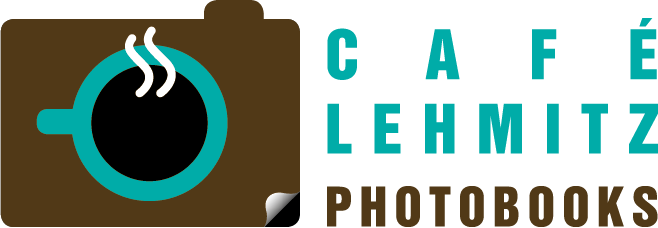About the Japanese photographer, Shoji UEDA (1913-2000)
Shōji UEDA was a photographer from Tottori who combined surrealist compositional elements with realistic depictions. Most of his works, for which he is widely known, were photographed in a strip about 350 km long, stretching from Igumi (on the border between Tottori and Hyōgo) to Hagi (Yamaguchi). With the sand dunes of Tottori, Shōji UEDA found an excellent backdrop for individual and group portraits, usually in square format and until relatively late exclusively in black and white. Inspired by Kineo Kuwabara, then editor of Camera, he photographed the dunes with Ken DOMON and Yōichi MIDORIKAWA in 1949. In some of these photographs, DOMON is modeling, far from his gruff image. The photographs were first published in the September and October 1949 issues of Camera and have been frequently published in anthologies. Shōji UEDA began photographing nudes in the dunes in 1951, which he used as a backdrop for fashion photographs beginning in 1970. The postwar focus on realism, led by Ken DOMON, followed by the rejection of realism, led here by Shōmei TOMATSU, displaced the cool vision of a Shōji UEDA. Nevertheless, he participated in the 1960 'Japanese Photography' exhibition at New York's Museum of Modern Art and had solo exhibitions in Japan. However, he had to wait until 1974 for his retrospective exhibition at the Nikon Salon in Tokyo and Osaka before he became popular again.From 1975 to 1994, he was a professor at Kyushu Sangyo University. Shōji UEDA continued to work until well into the 1990s and died of a heart attack on July 4, 2000.
Photobooks by and about the work of Shōji UEDA (a selection)
'Small Biography. Hysteric Sixteen' (2006); 'Illusion' (2013); 'Process and Creation' (2013); 'Shoji Ueda' (2015).
More information about the life of Shoji UEDA
Born in Sakai (now Sakaiminato), Tottori, Shōji UEDA received his first camera from his father in 1930 and soon became deeply involved in photography, submitting his images to magazines; his photograph 'Child on the Beach' (Hama no kodomo) appeared in the December issue of Camera magazine. In 1930, together with Ryōsuke ISHIZU, Kunio MASAOKA and Akira NOMURA, he founded the photography group 'Chūgoku Shashinka Shūdan'; from 1932 to 1937, the group exhibited their works several times at Konishiroku Hall, Konishiroku Hōru) in Nihonbashi, Tokyo. Shōji UEDA studied at the Oriental School of Photography in Tokyo in 1932, returned to Sakai and opened a studio, 'Ueda Shashinjō'). In 1935, we married, and his wife helped him run his photography studio. He worked as both an amateur photographer and a professional photographer, and participated in various groups. In 1941 he gave up photography because he did not want to become a military photographer. (Towards the end of the war he was forced to photograph the aftermath of a fire). Shortly after the war, he resumed work and joined the 'Ginryūsha' group in Tokyo in 1947. He remained based in Tottori, opened a studio and photography store in Yonago in 1965, and moved to a new three-story building in Yonago in 1972: 'Ueda Camera' on the second floor, the café 'Charanka' on the second floor, and 'Gallery U' on the third floor. The building served as a base for local photographic life.

 Deutsch
Deutsch
 English
English